Two weeks ago, on April 22, terrorists emerged from the pine tree forests of the Baisaran meadow in south Kashmir’s Pahalgam and gunned down 26 people, shocking Indians and people across the world. Following that dastardly terrorist attack that targeted mostly tourists, Prime Minister Narendra Modi had vowed that the perpetrators of the Pahalgam terror attack would be relentlessly pursued and the nation stands united in its resolve to ensure justice is delivered. India will identify, trace, and punish every terrorist and their backers. We will pursue them to the ends of the Earth.
“Terrorism will not go unpunished. Every effort will be made to ensure justice is done. The entire nation is one in this resolve.”
And as PM Modi vowed, that moment of justice was delivered in the wee hours of May 7 when India’s Armed Forces — the Army, Navy and Air Force — conducted strikes on terrorist infrastructure in Pakistan and Pakistan-occupied Kashmir.
Catch all the live updates from Operation Sindoor here
Minutes after the strikes, the Indian Army posted an image that read Operation Sindoor with the text: #PahalgamTerrorAttack. Justice is Served. Jai Hind!”
#PahalgamTerrorAttack
— ADG PI - INDIAN ARMY (@adgpi) May 6, 2025
Justice is Served.
Jai Hind! pic.twitter.com/Aruatj6OfA
But how did it all unfold? How did the Indian military strike down terror sites in the neighbouring country? Here’s what we found out so far.
India Operation Sindoor strikes Pak, PoK
The Indian Armed Forces have stated that they carried out military strikes, under the name of ‘Operation Sindoor’ at 1.44 am on Wednesday. Under the operation, the three arms of the military hit terrorist infrastructure in Pakistan and Pakistan-occupied Jammu and Kashmir from where terrorist attacks against India have been planned and directed.
Sources from the establishment have said that the Armed Forces used precision strike weapon systems, including loitering munitions. They further stated that Operation Sindoor saw the striking of nine terrorist targets across Pakistan and Pakistan-occupied Kashmir, each of them having an association with major terror plots and infiltration attempts directed at India.
As per information available, Operation Sindoor struck at four Jaish-e-Mohammed (JeM) facilities, including Bahawalpur, which is widely known to serve as headquarters of the Masood Azhar-led terror group. Similarly, India’s Armed Forces struck three Lashkar-e-Taiba (LeT) facilities, including those in Muridke and Muzaffarabad. Operation Sindoor also struck at the heart of two Hizbul Mujahideen locations.
Operation Sindoor UPDATES: Here is the list of nine terror facility locations in Pakistan and Pakistan-occupied Kashmir that have been successfully neutralised-
— Press Trust of India (@PTI_News) May 7, 2025
1. Markaz Subhan Allah, Bahawalpur - JeM
2. Markaz Taiba, Muridke - LeT
3. Sarjal, Tehra Kalan - JeM
4. Mehmoona Joya,… pic.twitter.com/Q3Q6vyw0Sa
The Indian military stated in a press release later, “No Pakistani military facilities have been targeted. India has demonstrated considerable restraint in selection of targets and method of execution.”
News agency Reuters, reporting from Muzaffarabad in PoK reported that multiple explosions could be heard in the wee hours of the morning. Some residents were also quoted as saying that they heard jets flying above in the early hours of the day.
Visuals of Operation Sindoor reveal the true nature of India’s strikes. In one video, a crowd of people, many on bikes, is gathered on a busy road. It is the middle of the night but, on the horizon, there is a large orange glow and smoke can be seen in the distance. Seconds later, there is a whistling sound and a massive detonation as an Indian missile, hits one of its targets. The impact of the strike causes the man filming the video to stagger back.
A large and bright orange fireball follows, sending plumes of acrid smoke mushrooming out in all directions, and people can be heard praying in Arabic and shouting in panic.
Bahawalpur in Pakistan 🔥
— Aditya Raj Kaul (@AdityaRajKaul) May 6, 2025
Indian Army in action. 🇮🇳 pic.twitter.com/hXgeSHOZty
One top source stated that Pakistan was caught completely unaware by Operation Sindoor as they were under the impression that India would be carrying out mock defence drills. Instead, India launched its real operation. “Yet again, a Modi-led India had stumped Pakistan with surprise and stealth, leaving it stunned.”
Sources within the government have revealed that PM Modi constantly monitored Operation Sindoor. He was briefed continuously by the Chief of Defence Staff, senior intelligence officers, and National Security Advisor Ajit Doval.
India briefs countries on Operation Sindoor
As India’s Armed Forces carried out Operation Sindoor, the country’s senior officials spoke to their counterparts in a number of countries on the steps taken by New Delhi. Among the countries briefed were the United States, United Kingdom, Saudi Arabia, United Arab Emirates and Russia.
The Indian embassy in the US said National Security Adviser Ajit Doval had spoken to Marco Rubio “and briefed him on the actions taken”.
Pakistan’s response to Operation Sindoor
Pakistan said that India’s strikes had been carried out from within its airspace and that its air force jets were airborne in response to Operation Sindoor. The Pakistani military further stated that it had brought down five Indian jets in retaliation — however, there was no confirmation of this from the Indian side.
Pakistan Foreign Minister Muhammad Ishaq Dar said that eight civilians have died and 35 others have been injured in the Indian strikes. The highest number of casualties were reported in the city of Ahmedpur East, he adds.
According to Pakistan’s press wing, a mosque was hit in Ahmedpur East as well as in Muzaffarabad.
Following Operation Sindoor, Pakistani Prime Minister Shehbaz Sharif said, “Pakistan has every right to respond forcefully to this act of war imposed by India, and a forceful response is being given.” In fact, Sharif has called for a meeting of its National Security Committee at 10 am local time.
بِسْمِ اللهِ الرَّحْمٰنِ الرَّحِيْمِ
— Shehbaz Sharif (@CMShehbaz) May 6, 2025
The treacherous enemy has launched a cowardly attack on five locations within Pakistan. This heinous act of aggression will not go unpunished.
Pakistan reserves the absolute right to respond decisively to this unprovoked Indian attack — a…
Aftermath of Operation Sindoor
Soon after India carried out its military strikes on terror targets, dubbed as Operation Sindoor, Pakistani troops resorted to heavy firing along the Line of Control in Rajouri and Poonch districts in Jammu and Kashmir.
“Pakistan again violates the ceasefire agreement by firing artillery in Bhimber Gali in Poonch-Rajauri area,” the Army posted on X, adding that the Indian side is responding appropriately in a calibrated manner.
Reports state that the firing has resulted in the death of three civilians and injured five more.
Moreover, Flight operations at some Indian airports, especially those close to the India-Pakistan border or in the vicinity of key Indian Air Force bases, have been impacted. No civil flights will be operated from or to the Srinagar airport on Wednesday, according to airport officials.
The administration in Jammu and Kashmir have also called for the closure of all educational institutions in the five border districts of Jammu province in view of the situation unfolding.
With inputs from agencies


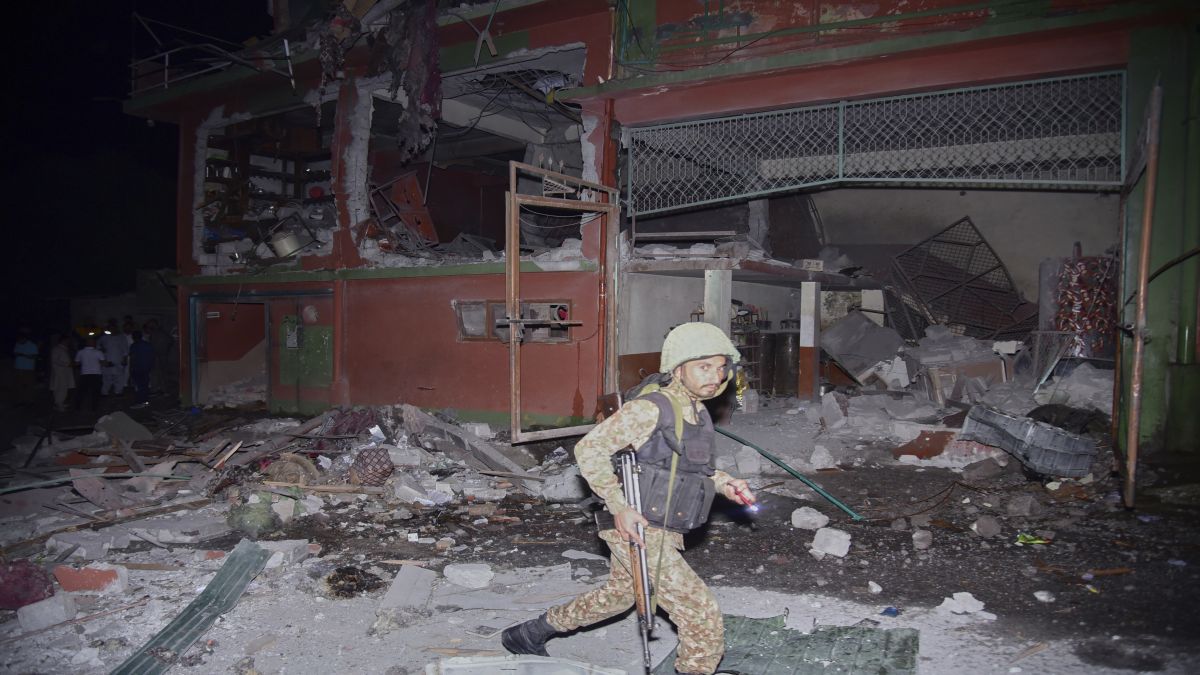)
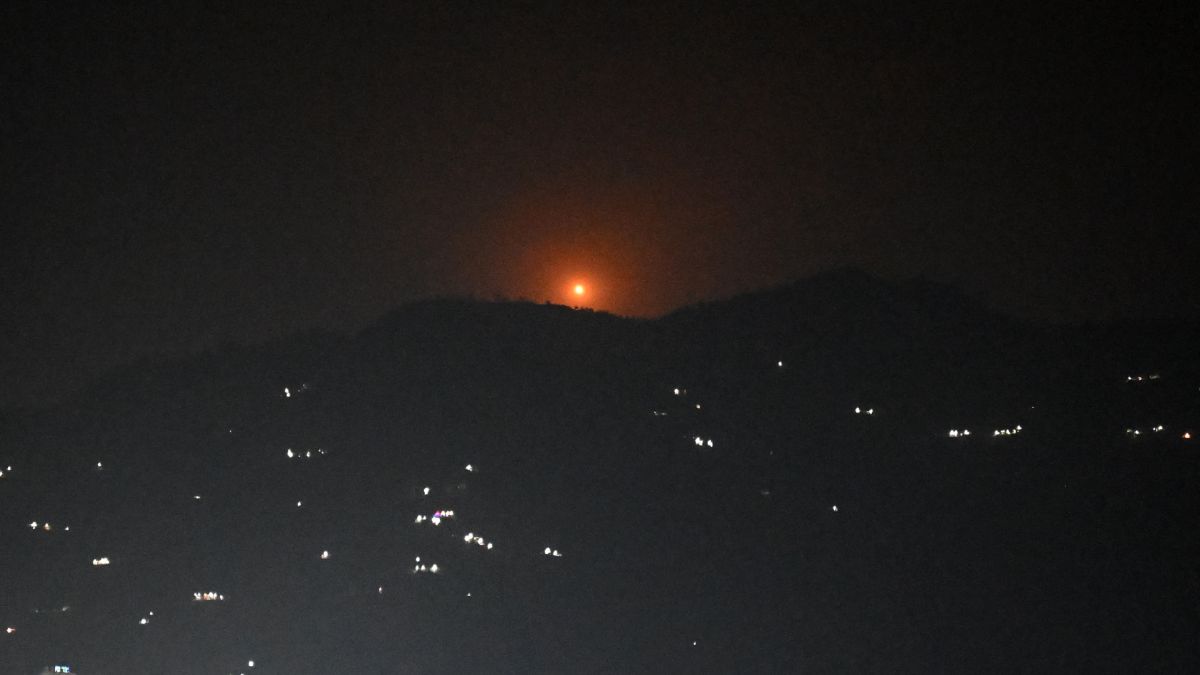)
)
)
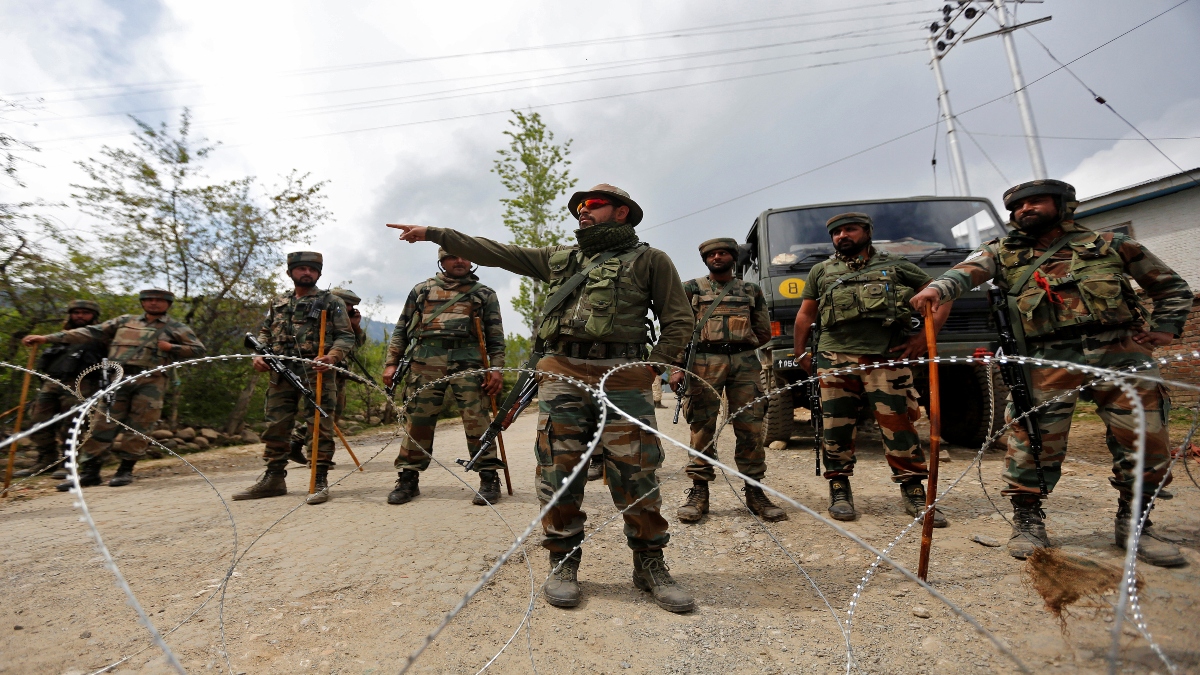)
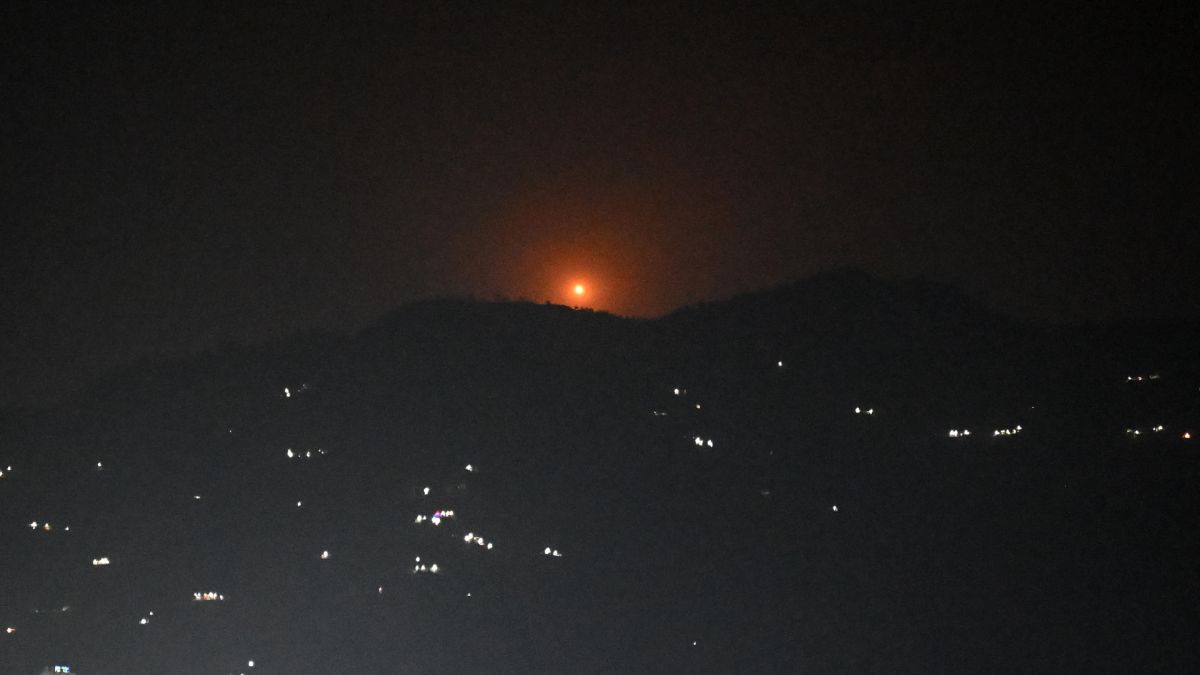)
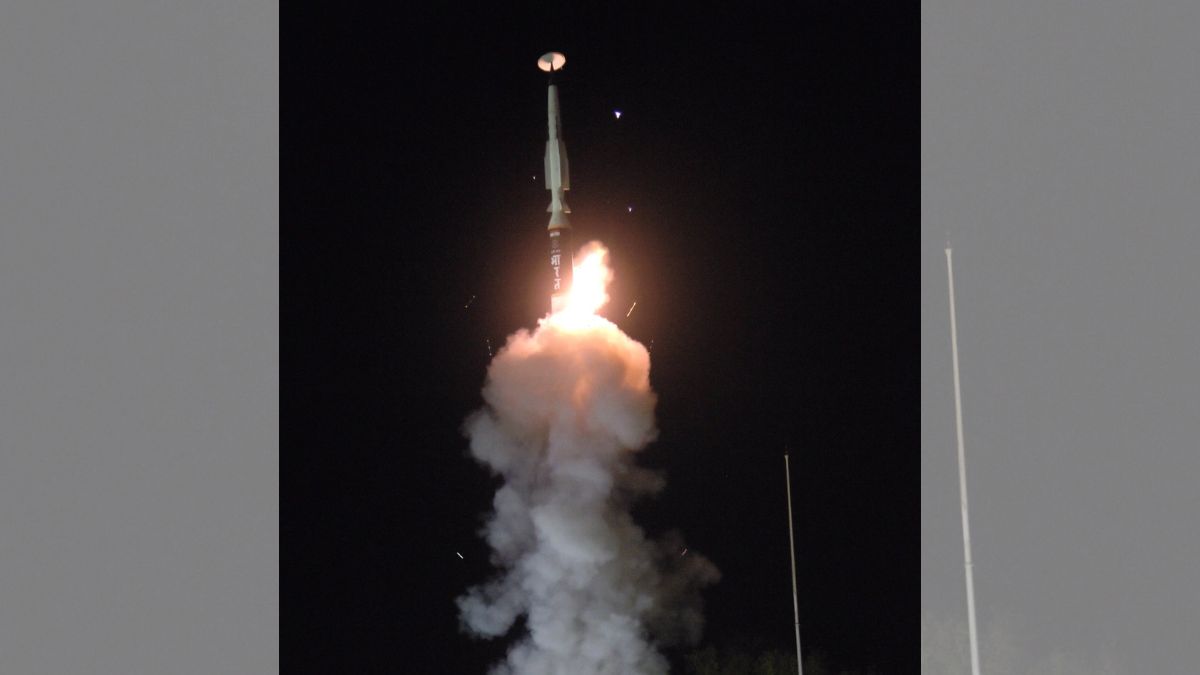)
)
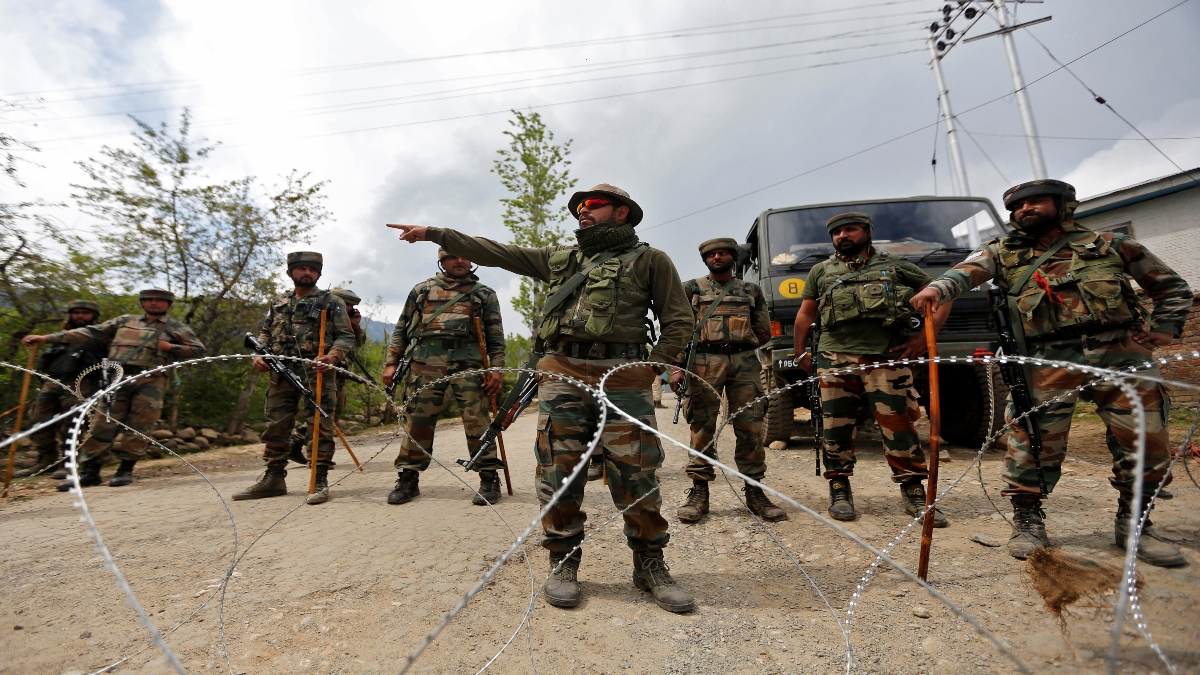)